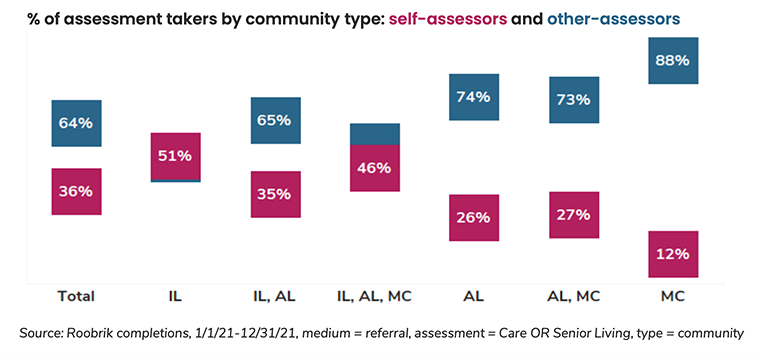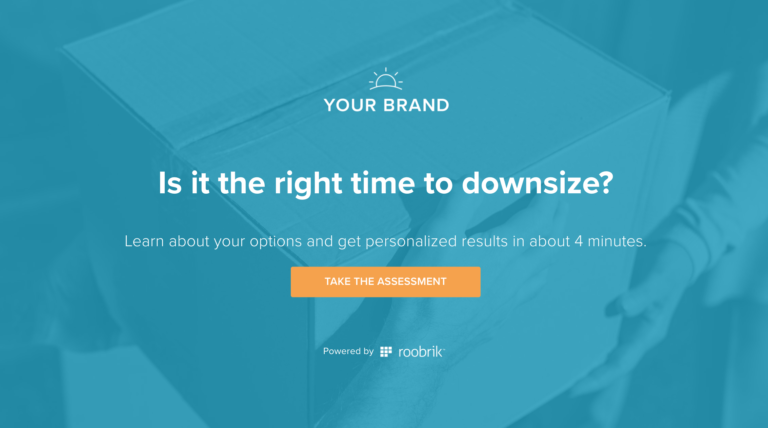Anatomy of our Assessment: Getting Personal
A couple of weeks ago when we posted a blog about why our assessment tool is 23 questions long, we neglected to mention that there’s one critical question we ask before the assessment even starts: “Can you tell us who you’re concerned about?”
The options for “question zero” include choices like my “mom,” “dad,” “husband,” or “myself.” For our clients at senior living communities, it’s of course vital to have this information to understand each family’s situation as early as possible. But there’s another reason we ask that’s just as important — we’re working to establish trust, and that starts with personalization.
Too many experiences talk vaguely about “loved ones” or “seniors” or “caregivers,” but the fact is most people don’t self-identify in these roles, and that makes it hard for them to see themselves when researching care options. By asking who you’re concerned about, we help keep you focused on you or your family member, not a label you may not identify with. Of course, Roobrik users can always choose to remain anonymous, and that builds trust too.
Why does this work?
When we know who we’re talking to, we minimize awkward phrasing and impersonal communications and that provides a smooth flow and relaxed tone. Our advisor and resident decision science expert, Geri Baumblatt, explains it this way:
One of the things that’s great about the way Roobrik asks for and collects information up front is that it allows the rest of the tool to be personalized and friendly and that leads to a warmer connection. It’s more natural, reducing some cognitive load in terms of ‘he/she’, ‘him/he.’ That gets clumsy quickly and doesn’t feel like it’s tuned to you and your situation.
Readability is improved as language is streamlined and that kind of subtlety is incredibly helpful and something that’s often underplayed. In previous decision aids I’ve worked on, we’ve had to say, “I don’t know exactly who you are, I’m going to call your doctor a man and I’m going to call the person you’re caring for ‘she’ so that we have a ‘he’ and a ‘she.’” And, when there’s no other choice, that may be adequate. But there will be people that find that a little strange to them if things are exactly the opposite way around. And that’s the type of disconnect that just may make the person lose trust and opt not to finish a decision tool.
Want to see how it works for yourself? Try the assessment now.





